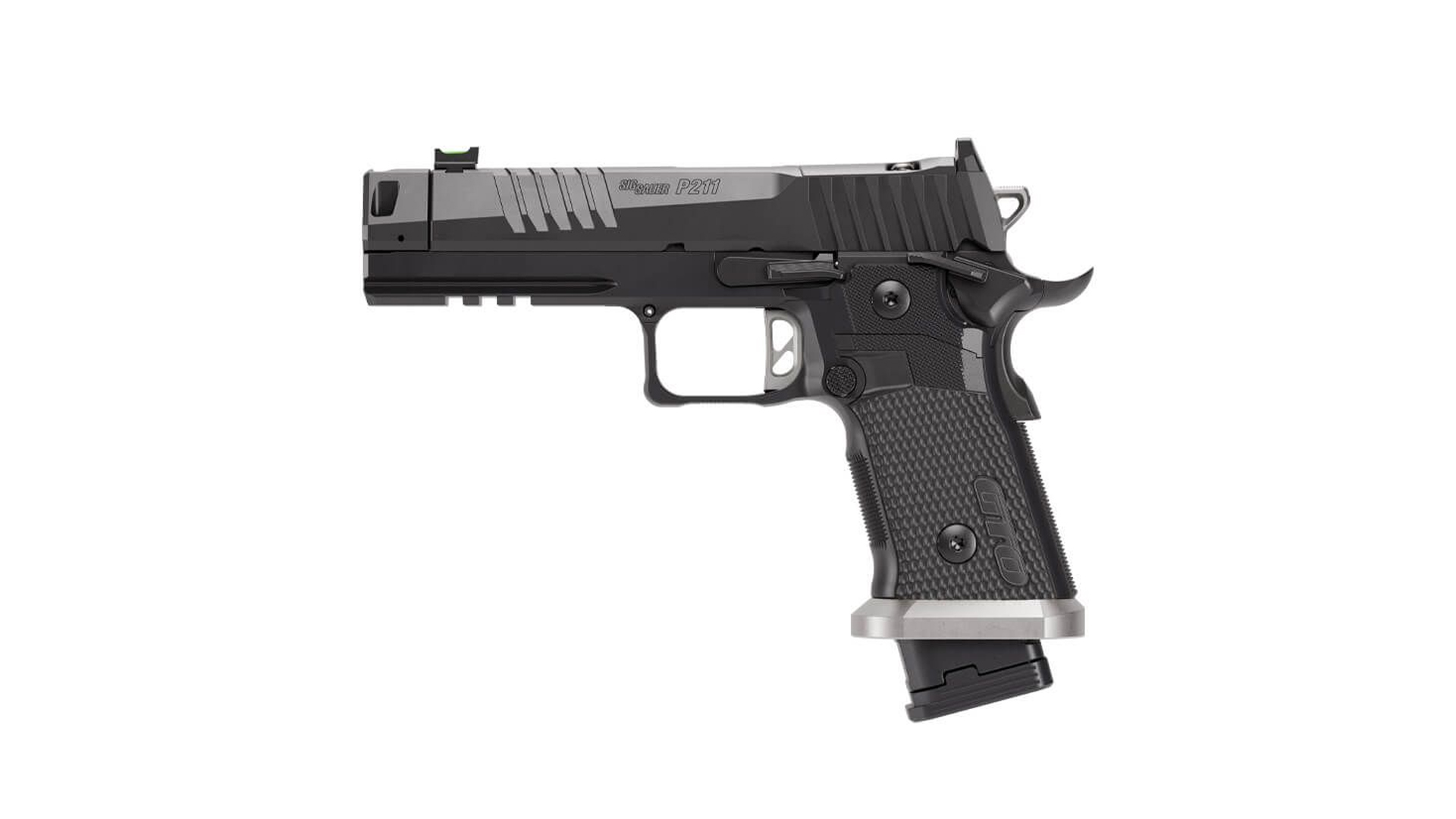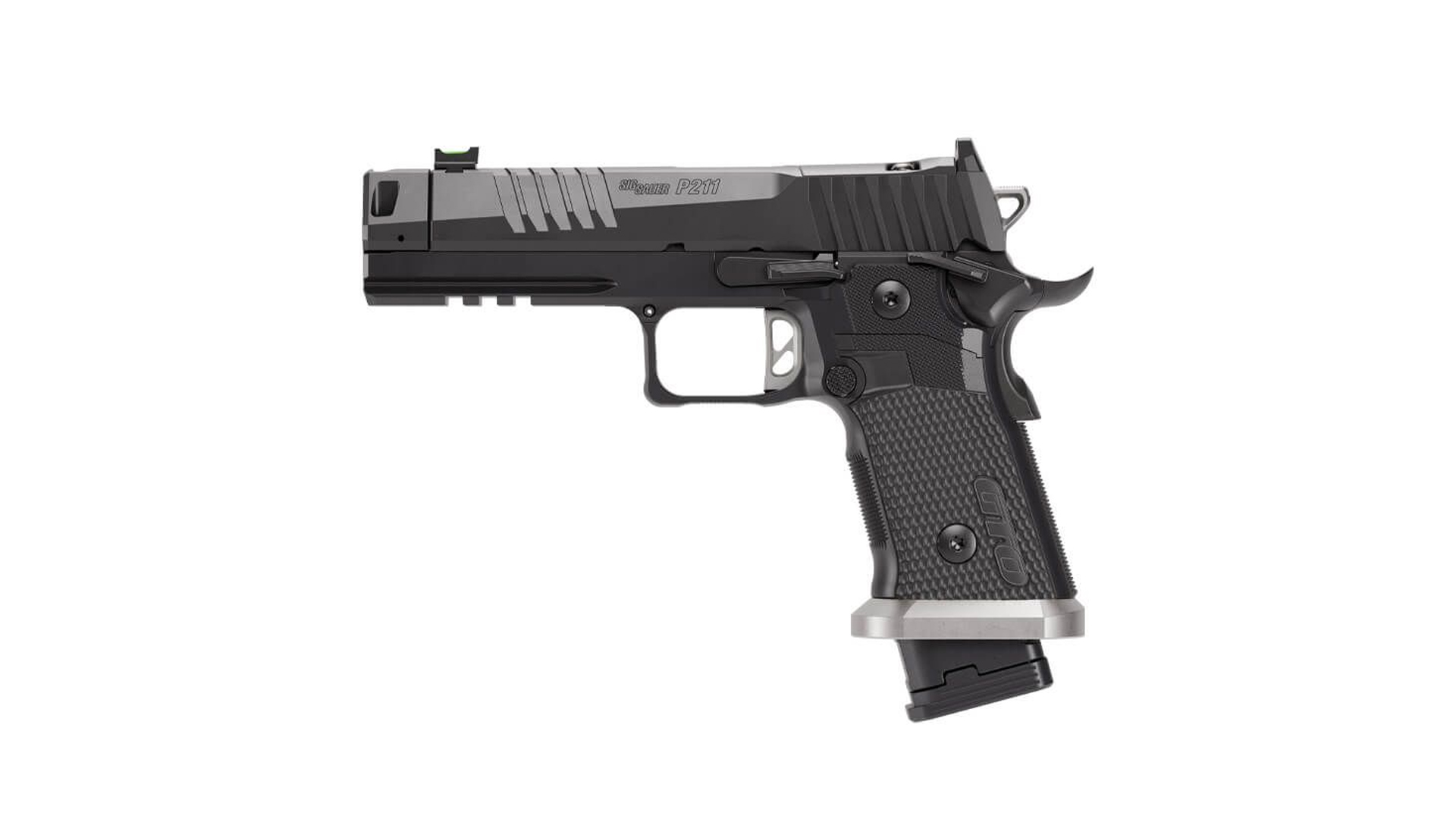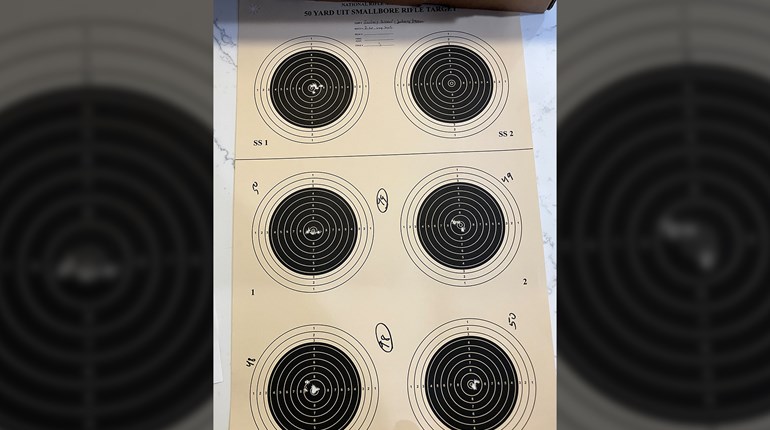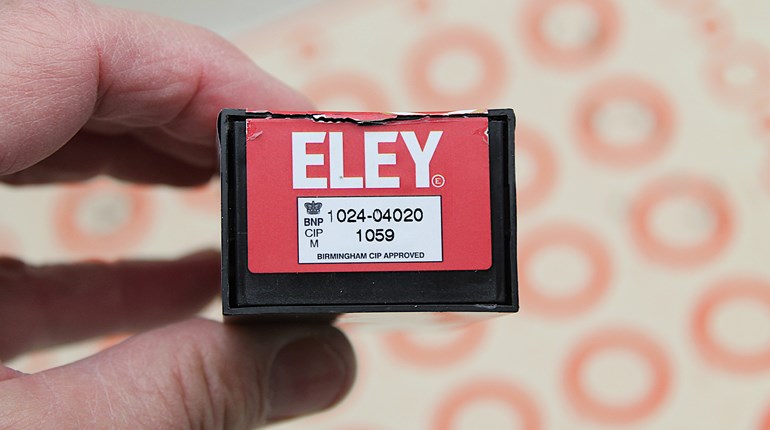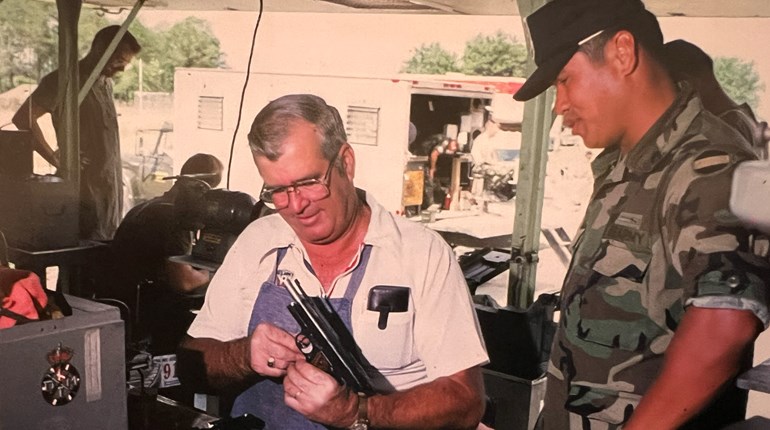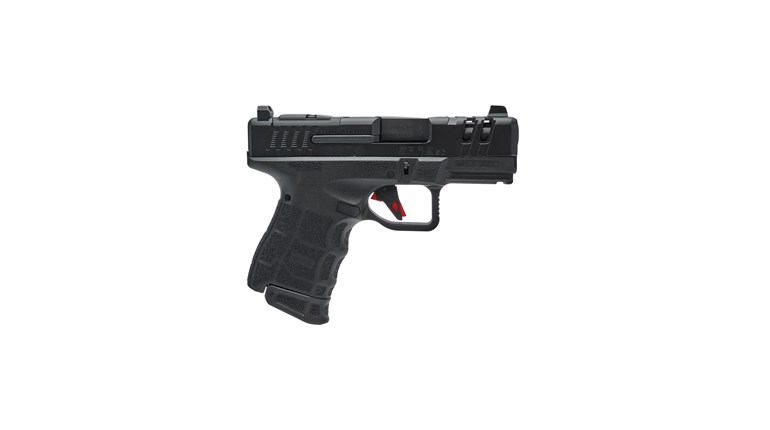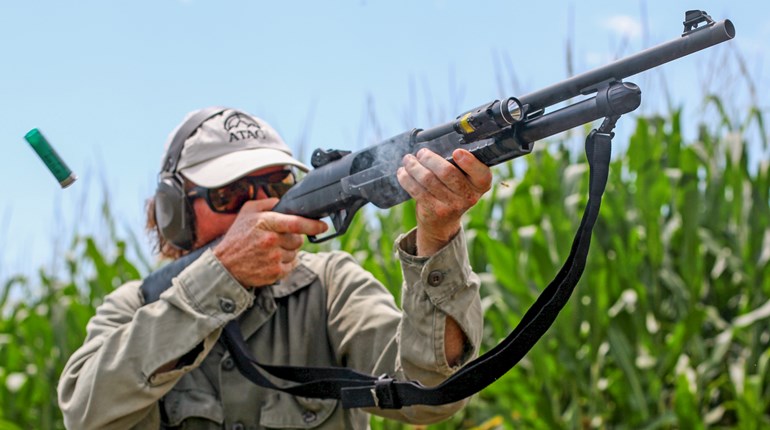
During my lifetime, there’s been no training tool for rifle or pistol that’s been more effective as a training tool, than the .22 Long Rifle rimfire cartridge. In 1970, I learned to shoot a pistol accurately by coming home from work every day and shooting two 25-yard pistol targets in the one-handed bullseye style. I couldn’t afford to shoot that much center-fire ammunition, but .22 LRs were, affordable, accurate, offered low noise and allowed me to shoot from my carport into a bullet trap. Since that time, through my competitive shooting and training career, I’ve continued to use .22 LRs, both for sharpening my own skills and for teaching people to shoot better.

Back in those days, the choices for effective rimfire trainers were fairly limited, but today, we have a plethora of choices of guns that exactly replicate the guns we use, both in look and function. Some are made by the original companies, some are co-branded guns manufactured elsewhere, but all covered here are accurate, affordable and reliable.
Colt Gold Cup

The Colt Gold Cup .22 LR is actually made by Walther and branded as a Colt product. It weighs just over 33 ounces, which is only five ounces less than my 1968 Gold Cup National Match .45 ACP. Operation is identical and the rimfire version accepts aftermarket accessories. While not the exact design of the original, the sights are click adjustable, and the trigger breaks crisp and clean. Grips are wraparound rubber and have a good gripping surface. The 12-round, aluminum magazine has a button on the side to aid in loading. In addition, the take down procedure is the same as the center-fire version. MSRP: $400, waltherarms.com

Smith & Wesson M&P Compact

Unlike most of the guns in this round-up, the M&P Compact isn’t a replica of an existing Smith & Wesson pistol, but a scaled-down version the standard M&P. Interestingly, it apparently spawned a center-fire version of itself in the popular M&P Shield EZ .380 ACP, and now serves as a rimfire training version of the defensive pistol that it inspired. Other than the grip safety on the EZ, the pistols are nearly identical in dimensions and operation, with the exception of a magazine safety on the rimfire. The 10-round magazine is aluminum and sports a button to aid in loading. Three-dot, dovetailed sights are adjustable at the rear for windage and elevation. The feel of the trigger is similar to the EZ, though the EZ lacks the hinge feature. The M&P Compact .22 LR weighs 15.3 ounces, while its center-fire counterpart comes in at 18.5. MSRP: $405, smith-wesson.com

Glock G44

For years, Glock owners have asked for a .22 LR rimfire version and it’s finally here. Visually, operationally and in field-strip method, the Glock G44 is identical to its G19 center-fire big brother. The Glock comes with two magazines of 10-round capacity. It also comes with four grip adapters to accommodate shooters with small and large hands. The sights are the familiar U-outlined rear and white dot front, and are adjustable for both windage and elevation. The elevation adjustment is a bit unusual in that it uses a cam, rather than a screw to lift the rear sight. Also unusual is the slide, made of a mating of steel for bearing surface of the slide rails and polymer to replicate the proper Glock profile. The trigger is the standard bladed Glock trigger and breaks just like all other Glock triggers. As for the polymer 10-round magazine, it has a button to aid in loading and capacity indicators at five and 10 rounds. Though in operation and appearance it’s identical to the G19, in feel, it’s not. Due to the polymer slide, the G44 is light, only 12.6 ounces. The G19 it replicates weighs 21 ounces, a considerable difference. MSRP: $430, glock.com

Taurus TX22

While the TX22 isn’t a replica of a specific gun, it operates like multiple models by different manufacturers, has a great reputation for reliability and is extremely affordable. It also comes with a magazine capacity of 16 rounds. With a weight of 17.3 ounces, it’s a bit light to replicate many full-sized center-fires, but it’s really a lot of fun to shoot. The polymer, 16-round magazine is easy to load with the help of a loading assist button. The sights are three-dot ones, with an adjustable rear. It has a manual safety and a hand filling grip with a good texture. There’s an indention in the side of the frame that’s the perfect place for a trigger finger when out of the trigger guard, and for the thumb of a shooter in the high, thumbs forward grip I teach. This may seem minor, but it’s helpful for getting a new shooter to properly grip the gun. MSRP: $349, taurususa.com

Bottom Line
In shooting all of these guns, it was obvious that all produced more than adequate accuracy for training purposes. And all of them were remarkably reliable. I’ve used the Colt and two Smith & Wesson guns for years in my Guns 101 classes and experienced no memorable issues. In the limited time I’ve had the Glock, I’ve only experienced issues with the 10th round in the magazine, while the Taurus has run flawlessly. One thing is for sure—with the most expensive in the group selling for $430, all are a bargain. The savings in ammunition cost will more than pay for them with a moderate amount of shooting. Plus, the low noise and recoil make them wonderful training tools.

In some training applications, the use of a small suppressor like the Bowers Bitty, would be advantageous. The TX22 comes with a threaded adapter for use of a suppressor and adapters are available for the Colt and Smith & Wessons. Threaded barrels are available for the G44. When comparing cost, also consider that the G44 and Taurus both come with two magazines. While magazines for the others are available, they sell for around $30 each.

In closing, there really isn’t a bad gun in the bunch. Your choice depends on your preferences and the kind of gun you normally shoot. Repetition is the mother of skill, and the low cost of purchase and ammunition allow you to shoot a lot at a low cost. Having the same profile as your carry or duty gun allows you to use the same holster system for practice that you use on a daily basis. These guns are great for training new shooters and as a bonus, they make great trail guns. Simply put, it makes sense to own a training rimfire version for sharpening your skill level.
Read more: Review: Mossberg 940 JM Pro









